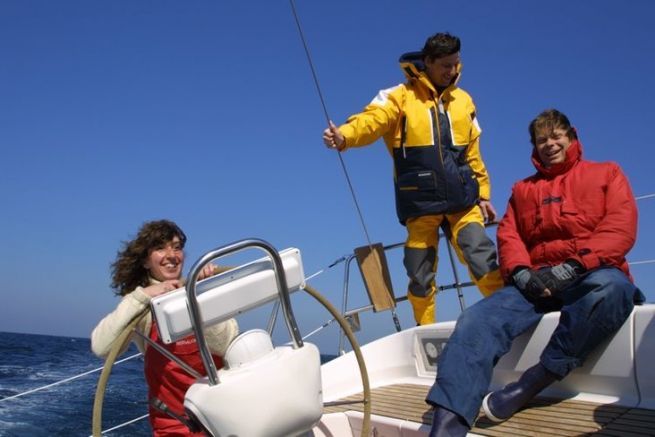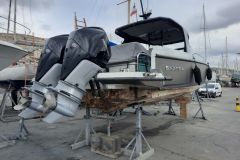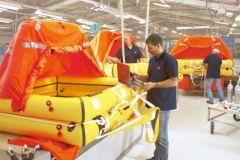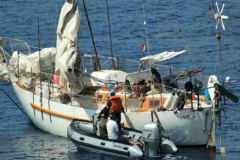No, safety on a boat does not only depend on adequate equipment... Some readers will probably be surprised to read such a sentence. And yet, having your own vests, flares or even a beacon will not protect you much. There are much more important fundamentals to safe boating than just the required and mandatory safety equipment.
Do not rely only on the skipper
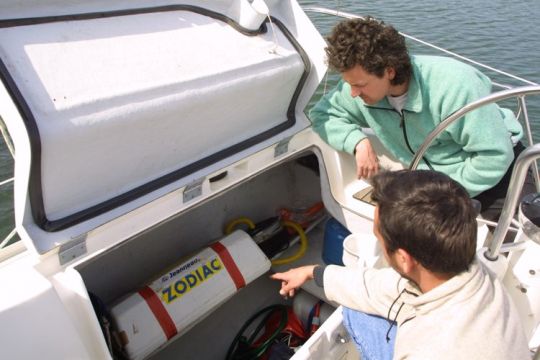
We often tend to think that a skipper, in charge of the boat, must know how to do everything on board. This is indeed better, but it does not mean that he has to do everything. Indeed, it is with a good crew that he can best maneuver his boat. Each crew member has a role to play. The captain will be able to detect the strengths (and weaknesses) of each person and "use" the skills of each one for the good overall operation.
I have long since discovered that women's sensitivity (is this the famous intuition?) makes them perfect meteorologists, capable of detecting a change in the weather well before I do, and therefore of preventing it without suffering. Thus you will be able to find in your crew, some who are better at managing supplies, others who are more adept at mechanics or maintenance, or even a child who will steer as close to the wind as possible without having to fix the compass..
A good skipper will know how to gauge this crew and divide the tasks naturally to benefit from the skills of his partners.
Knowing your boat inside out
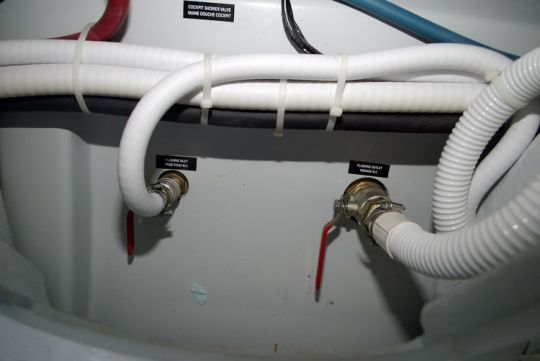
More important than knowing how to gybe under spinnaker in 30 knots of wind, or how to adjust the trim when sailing in following seas, is probably to know your boat well. This knowledge in the smallest nooks and crannies will allow you to react quickly in case of damage. And this speed of intervention will limit the problem.
I remember off watch in my bunk, hearing the sound of a metal object falling to the deck while we were upwind in heavy seas. When I got out of my bunk, I analyzed the noise and knew it was coming from the lower forestay. Once on deck, I was not surprised to see it broken and was able to quickly rig a halyard to relieve the mast. I knew my rig and imagined before I saw what could have broken.
Also, we must know the position of each valve, each pipe, each tank... in order to intervene if we see a water entry. Knowing where to access the stuffing box and how to quickly remove the panel from the rear cabin is also important.
So take a thorough tour of your boat to know every corner, where the wires go and where the connections are..
Share this knowledge
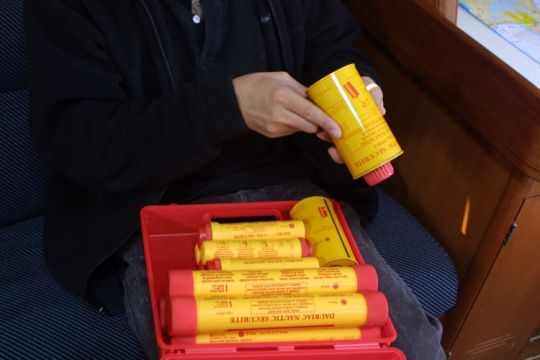
But for this to be really effective, the whole crew must also know the boat as well as possible. In case of distress, each crew member will have to play his role and be able, for example, to call for help by knowing how to use the VHF, for the other to watch the casualty, for the third to start the engine, for the fourth to take out the first aid box... To do this, each one must not think about where to find things or how to use them and must be able not to argue with the skipper's orders. Remember that the speed of action allows to limit the extent of the problems.
Once these three safety fundamentals are in place, you can start to think about and invest in appropriate, high-performance safety equipment. But don't just rely on them thinking you are safe.
